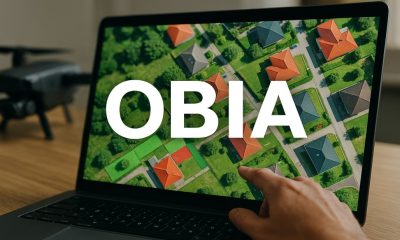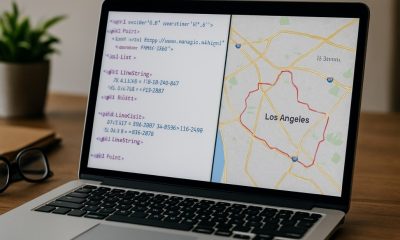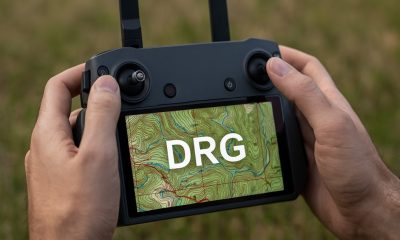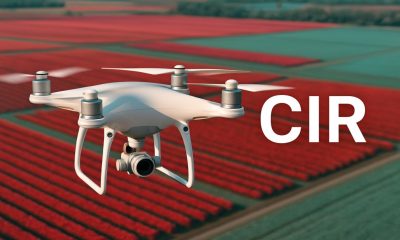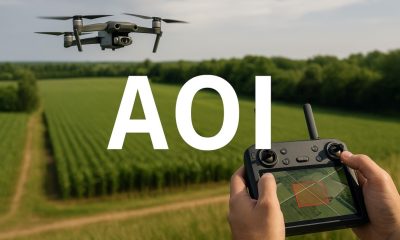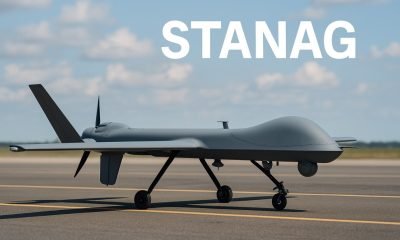Chinese Drone Regulations
Categories of Drone Operations- What are China’s?
Published
11 months agoon
Table Of Contents
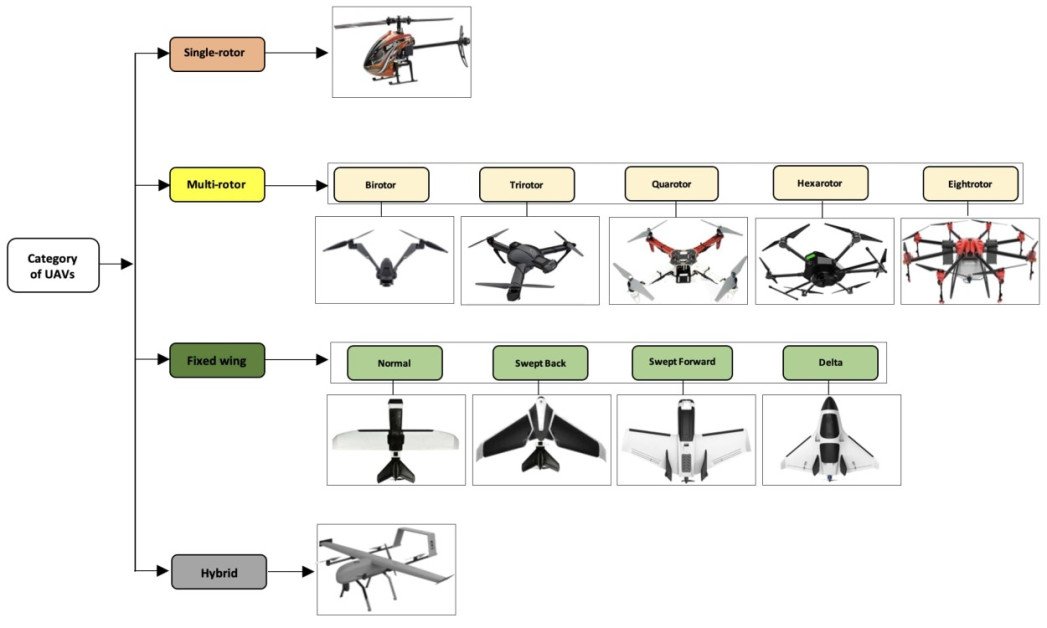
Categories of Drone Operations
Understanding the different categories of drone operations is crucial for compliance and safety in China. The Civil Aviation Administration of China (CAAC) classifies drone operations into several categories: recreational use, commercial use, special operations, and research and development. Each category has specific regulations and requirements tailored to the nature of the activity. Recreational use involves flying drones for personal enjoyment, while commercial use encompasses business-related activities. Special operations cover high-risk activities such as flying in controlled airspace or beyond visual line of sight (BVLOS). Research and development operations involve experimental flights for scientific and technological advancements. Adhering to the appropriate regulations for each category ensures safe, legal, and responsible drone usage.
Recreational Use
Recreational use involves flying drones for personal enjoyment without any commercial intent. This category includes hobbyists and enthusiasts who operate drones as a pastime.
Regulations
- Age Requirement: Operators must be at least 14 years old.
- Drone Weight: Drones used for recreational purposes must weigh between 250 grams and 25 kilograms.
- Certification: Recreational users must pass a basic knowledge test to obtain a drone pilot certificate.
- Registration: All drones weighing more than 250 grams must be registered with the CAAC.
- Identification: Drones must display their registration number on the body of the drone.
- Operational Limits: Recreational drones must be flown within visual line of sight, below 120 meters (400 feet), and away from bystanders, buildings, and restricted areas.
- No-Fly Zones: Recreational drones cannot be flown in restricted areas such as near airports, military installations, or other sensitive locations without special permission.
- Insurance: While not mandatory, it is recommended that recreational drone users obtain liability insurance to cover potential damages or accidents.
Commercial Use
Commercial use involves operating drones for business purposes or financial gain. This category includes activities such as aerial photography, surveying, inspection, agriculture, and delivery services.
Regulations
- Age Requirement: Operators must be at least 16 years old.
- Certification: Commercial operators must pass an advanced knowledge test and complete a flight review to obtain an Advanced Operations Certificate.
- Registration: All drones used for commercial purposes must be registered with the CAAC.
- Identification: Drones must display their registration number on the body of the drone.
- Operational Limits: Commercial drones must be flown within visual line of sight, below 120 meters (400 feet), and in accordance with specific operational requirements.
- Advanced Operations: Commercial operators may require a Special Flight Operations Certificate (SFOC) for certain high-risk activities, such as flying in controlled airspace, near people, or beyond visual line of sight.
- Insurance and Liability: Commercial drone operators are typically required to have liability insurance to cover potential damages, injuries, or accidents. This is often mandated by clients or project contracts and provides essential financial protection.
- Privacy Considerations: Commercial operators must ensure compliance with privacy laws, especially when collecting data or capturing images. This includes obtaining necessary permissions and safeguarding personal information.
Special Operations
Special operations encompass activities that involve higher risks or require special permissions. This includes flights in controlled airspace, near critical infrastructure, at night, or beyond visual line of sight (BVLOS).
Regulations
- Certification: Operators must hold an Advanced Operations Certificate and may need to obtain a Special Flight Operations Certificate (SFOC) from the CAAC.
- Registration: All drones used in special operations must be registered with the CAAC.
- Identification: Drones must display their registration number on the body of the drone.
- Operational Limits: Special operations are subject to specific conditions and limitations as outlined in the SFOC.
- Risk Management: Operators must conduct thorough risk assessments and implement safety measures to mitigate potential hazards.
- Examples of Special Operations:
- BVLOS Operations: Flying drones beyond the visual line of sight requires advanced technology and special permissions.
- Urban Operations: Operating drones in densely populated areas or near buildings and infrastructure.
- Night Operations: Flying drones after sunset, which requires additional lighting and safety precautions.
- Emergency Services: Using drones for search and rescue, disaster response, or law enforcement activities.
- Insurance and Liability: Special operations often involve higher risks, making liability insurance crucial. Operators must ensure adequate coverage to protect against potential claims and damages.
Research and Development
Research and development (R&D) operations involve using drones for experimental purposes, testing new technologies, or conducting scientific research. These activities may be conducted by educational institutions, private companies, or government agencies.
Regulations
- Certification: Operators may require an Advanced Operations Certificate and a Special Flight Operations Certificate (SFOC), depending on the nature of the research.
- Registration: Drones used for R&D must be registered with the CAAC.
- Identification: Drones must display their registration number on the body of the drone.
- Operational Limits: R&D operations must comply with specific conditions outlined in the SFOC, including safety measures and risk assessments.
- Collaboration with Authorities: Research and development projects often require close collaboration with the CAAC and other relevant authorities to ensure compliance with regulations and obtain necessary approvals.
- Examples of R&D Operations:
- Testing New Drone Technologies: Experimenting with new drone designs, sensors, or software.
- Environmental Research: Using drones to study wildlife, monitor ecosystems, or collect environmental data.
- Aerospace Research: Conducting experiments related to aerodynamics, flight performance, or new aviation technologies.
- Insurance and Liability: Given the experimental nature of R&D operations, liability insurance is essential to cover potential accidents, equipment failures, or other risks associated with testing and research activities.
Summary
Understanding the different categories of drone operations and their associated regulations is crucial for ensuring safe, legal, and responsible drone usage in China. Whether you are flying for fun, conducting business, engaging in high-risk activities, or conducting research, adhering to the relevant regulations helps protect public safety and fosters a positive environment for the growth of drone technology.
To Learn more about acronyms used in this article visit our Drones Acronym Page.
